Blattodea 101: Your Guide To The Humble, Misunderstood Cockroach
The Blattodea, commonly known as cockroaches and insulted with great vigour and numerous ugly names really deserve and better public image.
In the introduction to his book “The Cockroach Vol.1”, P.B.Cornwell’s opening sentence is:
“The Cockroach is probably the most obnoxious insect known to man.”
This is obviously the statement of a man who has spent too much time studying those few species of Blattodea which have so much in common with mankind, that they have chosen to live with us.
There are more than 4,550 species of Cockroaches (Blattodea) in the world, of which only 25 to 30 (or less than 1%) have any pest status.
The rest are innocent members of the Earth’s fauna; some of which are clean living, non-aggressive and slow moving – and as such cockroaches make great pets.
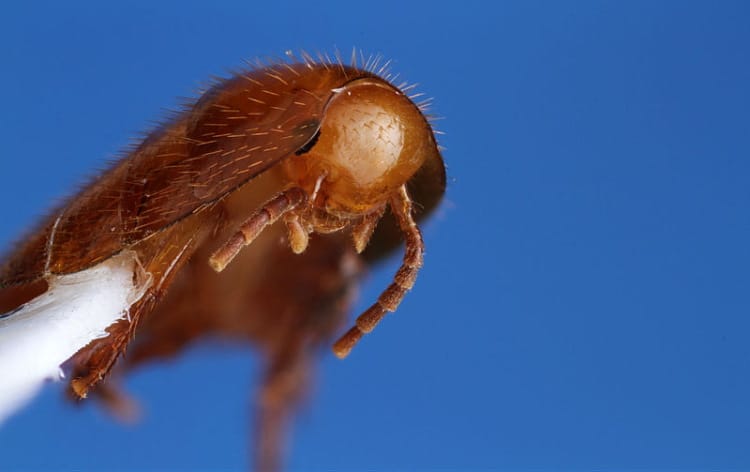
The largest known Cockroaches in the world are Megaloblatta longipennis (largest wingspan, up to 18 cm); and Macropanesthia rhinocerus (largest body, weighing in at up to 50 grams, from Australia). The smallest known is Attaphilla fungicola which lives in the nests of Leaf Cutter Ants of the genus Atta in North America and feeds on the fungus they farm; it is about 4 mm long.
Cockroaches have been on the Earth for at least 250 million years and it is possible that, in the late carboniferous, cockroaches out numbered (in terms of number of individuals) all other flying insects.
Most Cockroaches are tropical in habitat and Britain has only 3 native species, which is less than the number of introduced species. Many Cockroaches are diurnal, though most are nocturnal. Many are forest floor species though some are cave dwellers; some are semi-aquatic, some burrowing, some wood boring, and some even make their homes in the nests of social insects (Attaphila fungicola in the nests of various Attine ants).
Description
Blattodea are described as hemimetabolous insects with an oval, somewhat flattened head, partially concealed by the pronotum and with the mouth pointing backwards between the fore coxa.
The antennae are filiform (long and thin) and inserted below the middle of the eyes. The mouthparts are adapted for biting, chewing and licking; while the compound eyes are usually large and irregularly hemispherical, being wider near the vertex (the top of the front of the head). The forewings (tegmina) are usually hardened and often opaque; the hind wings are membranous.
In Cockroaches, except very small ones, the wings (in those species which have them) overlap in the middle of the abdomen, whereas the wings of beetles never overlap at all.
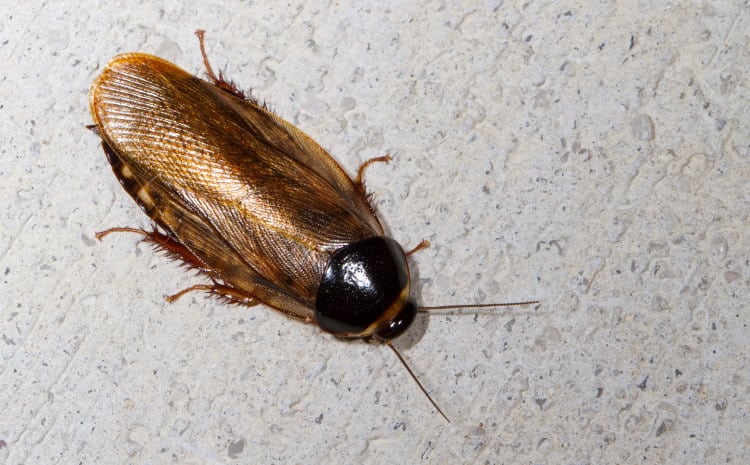
The legs are almost equal in length and depressed beneath the body. The abdomen has ten segments, but only 7 or 8 visible from above; while from beneath 9 plates (sternites) are visible in the male, but only 7 in the female. Males and nymphs carry 2 smaller appendages, thinner than and below the cerci (singular cercus) called ‘styles’.
The eggs are laid in an ootheca (nature’s answer to the polystyrene egg box). Some species will secrete these in the corners of the cage or – other accessible nooks and crannies – while others will carry the ootheca around with them; either inside or partly extruded from the body, until it is time for the young to hatch.
Some species are parthenogenetic (i.e. the females give birth to other females which give birth to other females which, etc. etc… and no males are ever seen) i.e. Pycnoscelus surinamensis.
Life History
The Oothecae contain 14 to 28 eggs. Incubation time for the eggs is temperature dependent; hatching takes approximately 35 days at 30 degrees C; and 59 days at 20 degrees C. Incubation time is more temperature dependent for Periplaneta americana than for any other species of Cockroach so far studied.
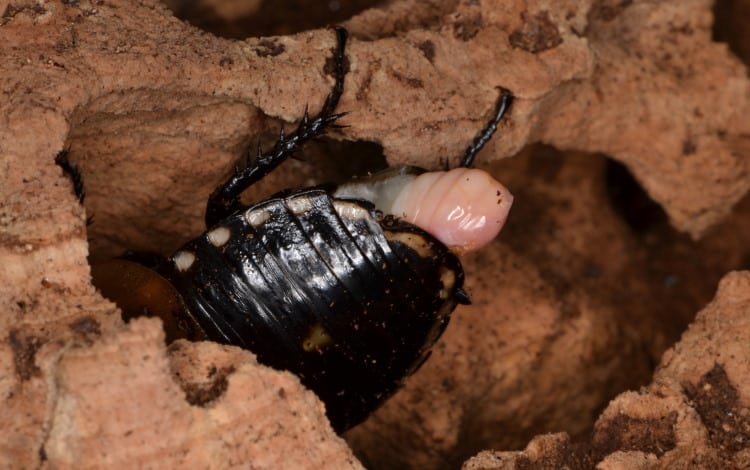
Blattodea Nymphs take between 4.5 and 15 months or longer to reach maturity, depending on the temperature and the availability of food. Females normally undergo 9 moults, while males normally take 13. Life expectancy ranges from 2 to 4 years and a female can produce 30 oothecae – resulting in 1,000 young before dying of old age.
Virgin females are known to produce sex attractants in P. americana and some other species. These can attract a male in as small amounts as ‘times 10 to the minus 14 micrograms’.
Courtship involves antennal sparring and the male raising and fluttering his wings. The female then feeds on the secretions of the male’s dorsal glands (situated on the upper surface of his abdomen). Following this, the male moves backwards under the female until he is able to clasp her genitalia from beneath. Once contact is assured, the two assume the more familiar end-to-end position; mating normally lasts about one hour.
Pycnoscelus surinamensis is not only parthenogenetic, and thus has no courtship or sex, but is also ovoviviparous – meaning that the ootheca is first extruded and then brought back into the female’s brood pouch for incubation.
Predators and Parasites
Apart from Mankind, Cockroaches are eaten by a wide range of small mammals, birds, reptiles and amphibians. The Cockroach mite Pimeliaphilus cuniliffei feeds on all Cockroach life stages and can cause considerable damage to infested populations.
Parasites include all the Evaniidae i.e. Evania appendigaster (Evanidae) on the oothecae of P. americana and P. australasiae; Tetrastichus hagenowi (Eulophidae) on P. americana; Syntomosphyrum blattae (Eulophidae) and Systellogaster ovivora (Pteromalidae) on Parcoblatta pensylvanica; and several solitary wasps such as Ampulex compressa, Podium cardina and Podium rufipes.
Cockroaches and Man
Mankind’s long relationship with Cockroaches probably began with the Cockroaches as food items. But the relationship really took off when Humans started storing food for the winter… and continued to improve, the better we became at creating artificially stable habitats (with plenty of food).

Ships were particularly prone to experiencing outbreaks of plague proportions, partly because they represented a predator free habitat. In 1634, Moffut in the first entomology book printed in Britain, records that Drake reported that the Phillip (which he had just captured) was overrun with ‘roaches.
Later in 1792, Captain Bligh was so determined to reduce the Cockroach numbers – that he disinfected the Bounty with boiling water.
Cockroaches are not associated with disease the way Fleas or Mosquitos are (i.e. by means of direct transmission). Instead – because they tend to inhabit those uncleanable areas of any establishment where they inadvertently come into contact with the microbial agents of decay – they inevitably bring some of these with them when they come to visit our food supplies. Thus contaminating them with often pathogenic organisms, which subsequently cause disease.
Common Names
The word Cockroach possibly comes from the Spanish ‘Cucaracha’.
Like all creatures that bring themselves regularly to Mankind’s attention, Cockroaches have acquired a large number of common names; such as ‘lucifaga’ because of their habitat of fleeing the light. In Sweden they were known as ‘Brotaetare’ or ‘Bread Eaters’.
Further south in the UK, the various pest species have been called ‘Steambug’, ‘Steamfly’ and ‘Shiner’. While in America they are known as ‘Yankee Settlers’, ‘Croton Bugs’ or ‘Bombay Canaries’ depending on where you are.
More humorously Blattella germanica known as the ‘German Cockroach’ here, is known as the ‘Russian Cockroach’ or the ‘French Cockroach’ in different parts of Germany and as the ‘Prussian Cockroach’ in Russia. While the ‘American Cockroach’ Periplaneta americana and the ‘Australian Cockroach’ Periplaneta australasiae both probably originated in Africa – and not in the countries indicated by their common names.
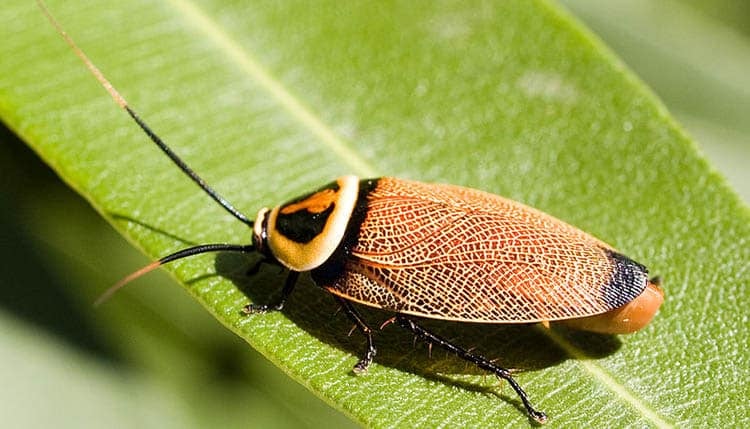
Blattodea Taxonomy
The old phylum Dictyoptera has been discontinued, and Blattodea is now a fully recognized phylum. The phylum Blattodea now includes the Isoptera. This is now divided into three superfamilies (or suborders) Blaberoidea, Blattoidea and Corydioidea. All three taxon contain true cockroaches, however the Blattoidea is mostly made up of the isoptera with only four families of cockroaches within it.
Order: Blattodea
- Superfamily Blaberoidea • 3,670 living spp.
- Family Blaberidae • 1,229 living spp.
- Family Ectobiidae • 2,441 living spp.
- Superfamily Blattoidea • 688 living spp. (of cockroaches)
- Family Blattidae • 622 living spp.
- Family Cryptocercidae • 12 living spp.
- Family Lamproblattidae • 10 living spp.
- Family Tryonicidae • 44 living spp.
- Superfamily Corydioidea • 291 living spp.
- Family Corydiidae • 259 living spp.
- Family Nocticolidae • 32 living spp.
What Next?
Want to know more about these wonderful creatures?
Then D. G. Gordon’s book The Complete Cockroach is all you have been looking for. It contains a wealth of information in a highly presentable form on this most beloved of animals. This is not a text book, but a book for everyone. Though it is highly accurate in its facts, it is written in a style that makes it pleasant reading for all.
Bibliography
- Bell, W.J. and Adiyodi, K.G. (Eds) (1982) The American Cockroach. Chapman and Hall London and New York.
- Cameron, E. (1961). The Cockroach, Perplanata americana L. Heinemann : London.
- Cornwell, P.B. (1968). The Cockroach 2 Vols. Hutchinson and Co. : London.
- Marshall, J.A. and Haes, E. C. M. (1988).Grasshoppers and Allied Insects of Britain and Ireland. Harley : Suffolk, England.
- Ragge, D. R. (1965). Grasshoppers, Crickets and Cockroaches of the British Isles Frederick Warne and Co.: London , New York.
- Roth, L.M. and Willis, E.R. (1957). The Medical and Veterinary importance of Cockroaches. Smithsonian Institute, Washington.
- Roth, L.M. and Willis, E.R. (1960). Biotic Associations of Cockroaches. Smithsonian Institute, Washington.
Image Credits:- Ellipsidion australe by Cyron Ray Macey – License CC BY 2.0

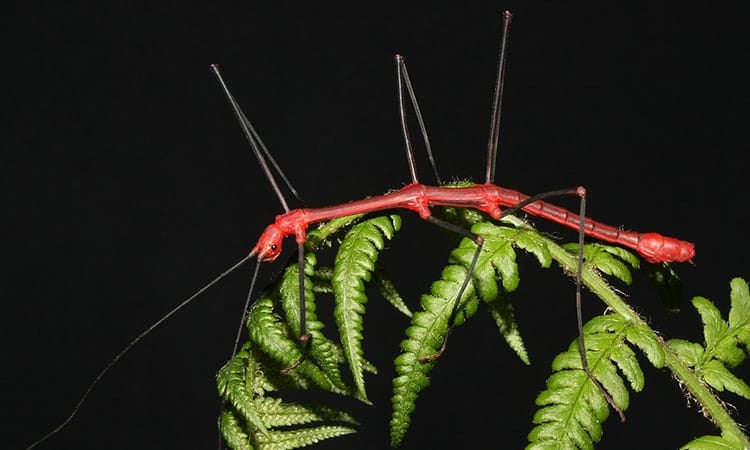
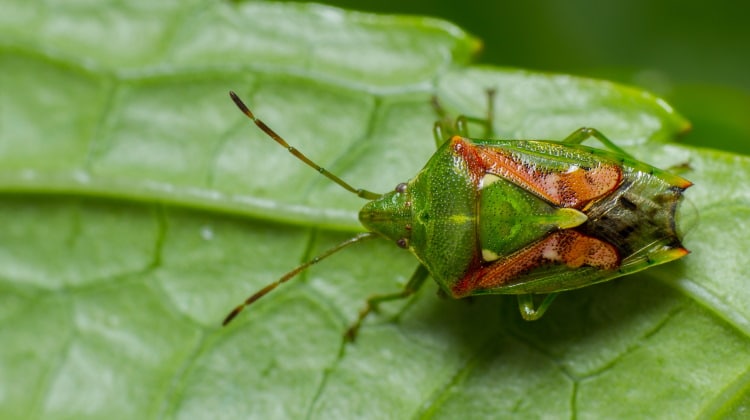
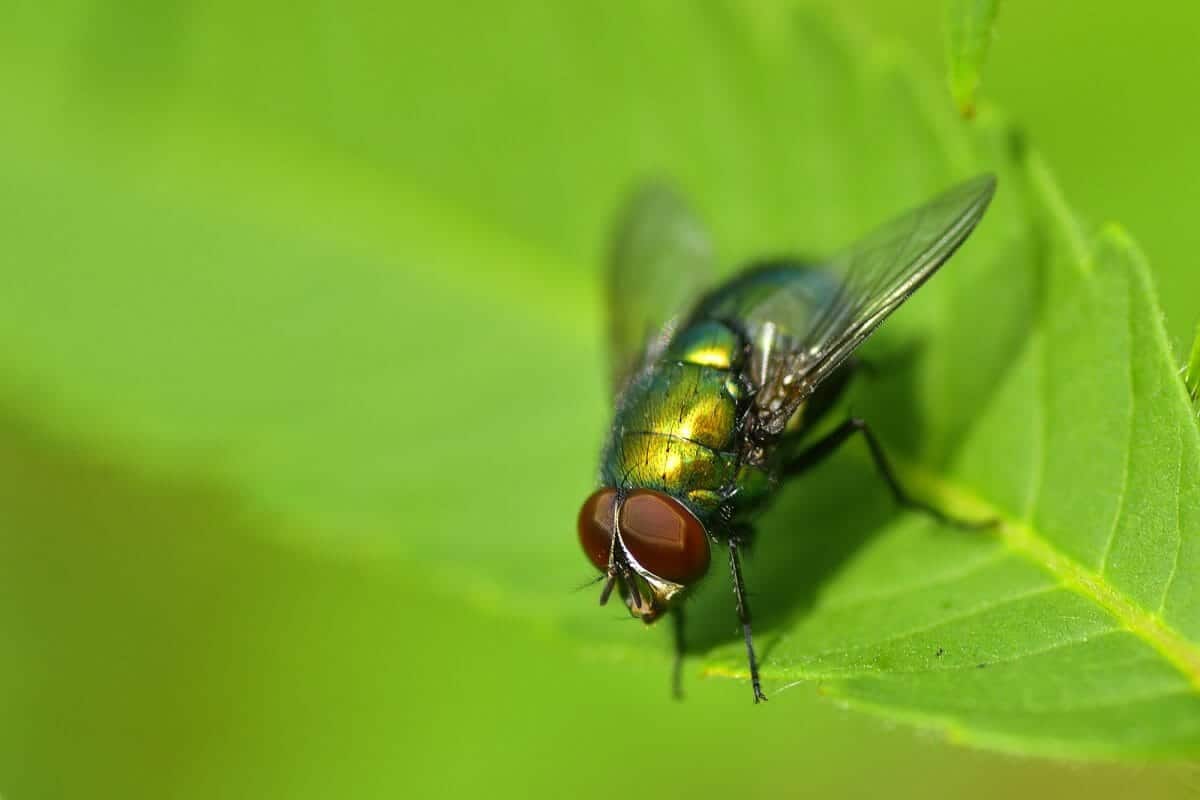
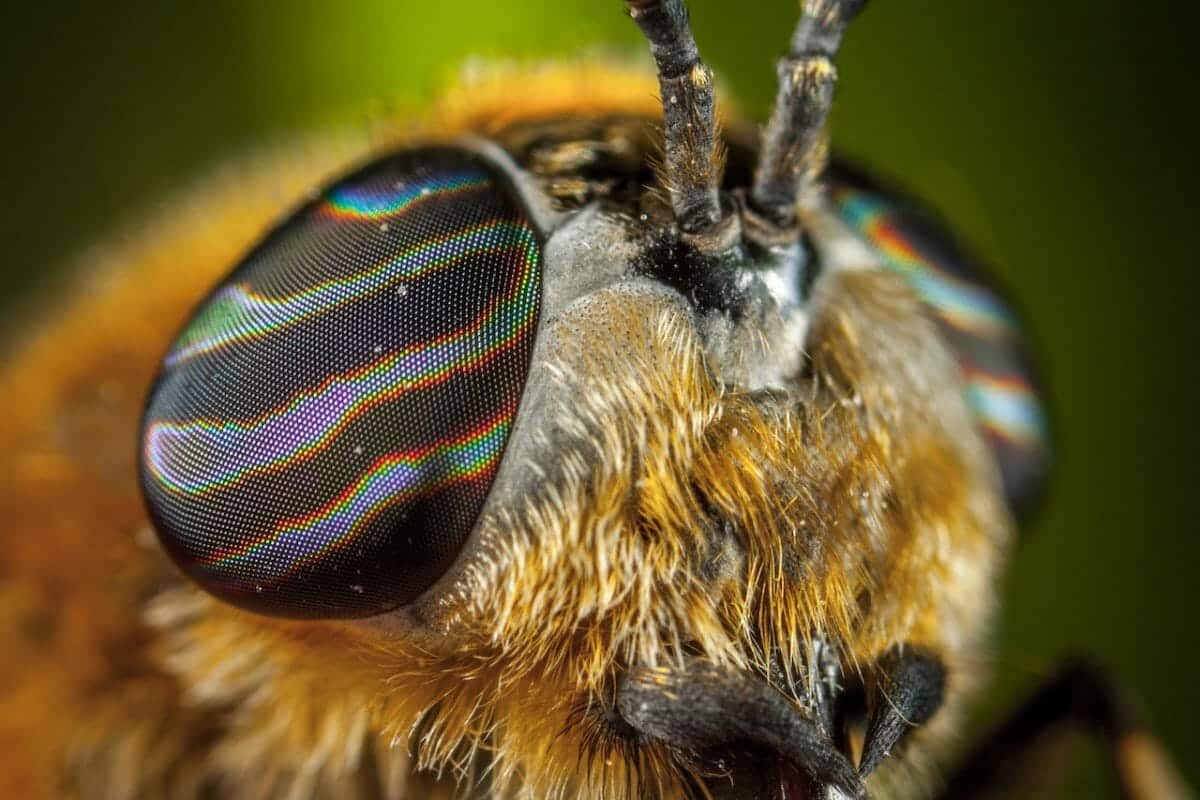
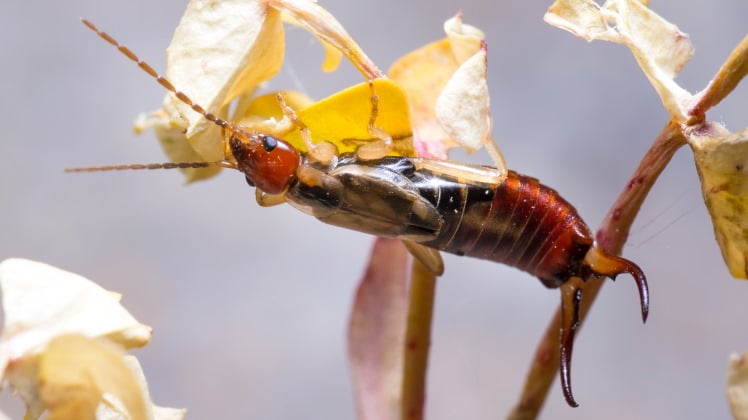
Is there a dichotomous key to identify the superfamilies and particularly the families of cockroaches that you list above? So far I have only found a key listing roaches found in the state of Florida. I am having difficulty trying to curate roaches from all over the world for the San Diego Natural History Museum collection.
I am sorry to say I wouldn’t know about that, you could try The Roach Forum https://www.roachforum.com/topic/1388-american-cockroach-society/
Hello, Gordon!
Congratulations on your wonderful website. I follow you since before the update, the new layout is very clean and beautiful.
Just to tell you that the Cuban Roach picture is actually a treehopper. I think there was a confusion.
Keep up with the great work!!
All the best,
Walther
Hi Walter,
You are correct, I will fix it tomorrow. Thanks for the update.